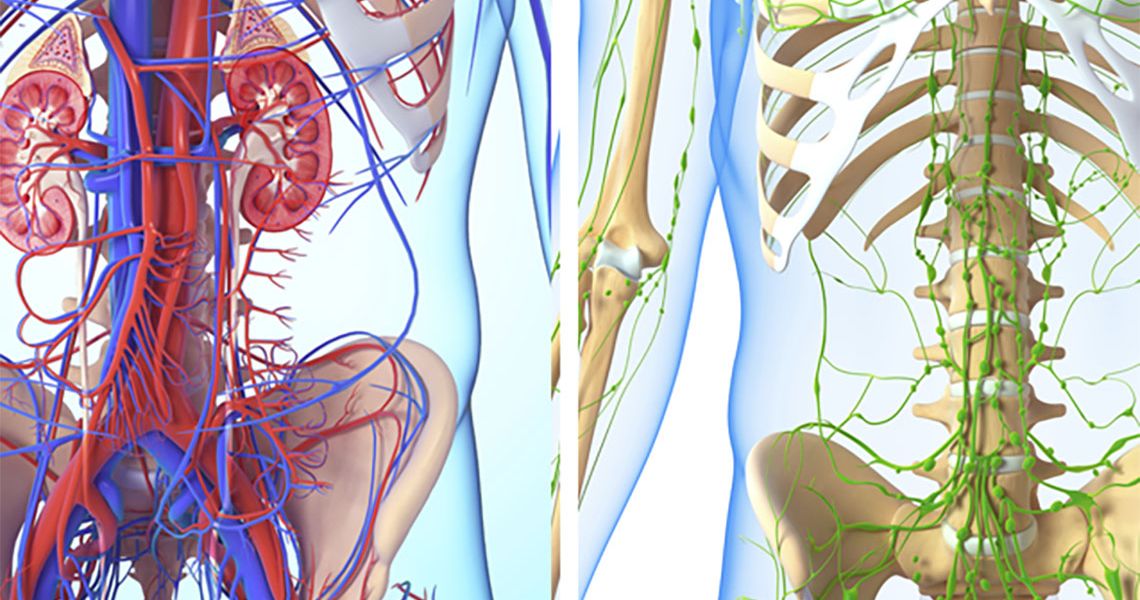
Objectives
GCATS has a medically-oriented curriculum designed to provide a solid foundation in the basic medical sciences. Thus, GCATS allows students to demonstrate their full academic ability and suitability for future careers in the field of medicine and health-related programs.
Program Requirements
- Credit Requirement: 19 credit hours.
- Grade Point Requirement: A 3.0 (B average) overall grade point average or better.
- Time Limit Requirement: The certificate must be completed within two years.
Courses
All students are required to take: ANAT 6130 (Fall), ANAT 6150 (Fall), ANAT 6160 (Spring), ANAT 6181 (Spring), ANAT 6292 (Spring). Students have an option of: 2 semesters of ANAT 6223, 2 semesters of ANAT 6275, OR 1 semester of ANAT 6223 and 1 semester of ANAT 6275.
- ANAT 6130: Clinically Oriented Human Embryology (Fall semester; Dr. Victor Taylor, Course Director; 3 credits)
-
The mechanisms of human embryology with clinical correlations of embryological development. Developmental control mechanisms and development of basic organ systems. Molecular control of development. Assisted reproductive technologies. Congenital birth defects. Demonstration labs and online animations for clinical correlates are integrated in the curriculum.
- ANAT 6150: Clinically Oriented Human Microscopic Anatomy (Fall semester; Dr. Robert Hawley, Course Director; 4 credits)
-
The normal histological structure of cells, tissues, and organs of the human body with emphasis on clinical relevance. Given the inseparable relationship between structure and function, emphasis is placed on structural/functional correlates at both the light and electron microscopic levels. Descriptions of alterations in normal histology through disease or injury provide an understanding of the etiology of various disease states. Histological concepts are integrated with corresponding clinical correlates.
- ANAT 6160: Clinically Oriented Human Functional Neuroanatomy (Spring Semester; Dr. Melissa Carroll, Course Director; 3 credits)
-
Structure/function relationships of the human central and peripheral nervous systems and clinical correlations of diseases or injuries whose occurrence or expression has an abnormal impact on the normal structure/function relationship. Neuroanatomy concepts are integrated with contemporary clinical neuroscience. Demonstrations of human brain material in the anatomy lab are scheduled throughout the semester.
- ANAT 6181: Clinically Oriented Human Gross Anatomy (Spring semester; Dr. Nicole DeVaul, Course Director; 4 credits)
-
Structural organization of the human body and the relationship of the organization to regional and systems-related functions. Clinical implications and how disease or injury affects normal anatomical structure/function relationships. Clinical cases match the topic of each lecture. Online manual uses content from the department’s NetAnatomy website. Students complete cadaveric dissection in the Gross Anatomy Laboratory.
- ANAT 6292: Projects in Anatomical Sciences: Career Development (Spring semester; Dr. Nicole DeVaul, Course Director; 1 credit)
-
In this Special Topics Course, students will prepare for a career in medicine and health science through professional development workshops, mock admission interviews, and an introduction to the U.S. healthcare system. Students will have opportunities to enhance their writing, research, communication, and presentation skills by exploring topics related to exploring their future career and topics such as healthcare access while investigating the use of various imaging techniques and approaches to visualize anatomy through radiology. In addition, students will develop an appreciation for teamwork, performing a proper literature search, manuscript preparation, and discussion skills – including how to provide constructive feedback to their peers.
- ANAT 6275: Advanced Studies in Translational Sciences (Fall and Spring semesters; Dr. Robert Hawley, Course Director; 3 credits)
-
Student research opportunities in laboratories conducting translational research. Application of fundamental concepts learned in didactic courses. Development of versatility with new technologies. Students must spend 30 hours per week that must include at least two full days per week dedicated to research laboratory during the semester. The course director must approve all laboratory assignments prior to initiating research studies in a laboratory. Students should contact Dr. Hawley who will assist students in identifying a lab to join.
- ANAT 6223: Special Topics/Scientific Writing (Fall and Spring semesters; Dr. Robert Hawley, Course Director; 2 credits)
-
This course is designed to expose students to cutting edge research in the biomedical sciences and improve scientific and technical writing skills. Students are expected to write essays on the content of scientific seminars or on topics to be incorporated into a medical school personal statement.
Example Schedule:
Fall Semester
|
Monday |
Tuesday |
Wednesday |
Thursday |
Friday |
OR
OR
OR
|
|
|
|
OR
OR
OR
|
|
ANAT 6223 writing coursework can be completed anytime within assignment deadlines. |
||||
Spring Semester
|
Monday |
Tuesday |
Wednesday |
Thursday |
Friday |
OR
OR
OR
|
|
OR
OR
OR
|
|
OR
OR
OR
|
|
ANAT 6223 writing coursework can be completed anytime within assignment deadlines. |
||||